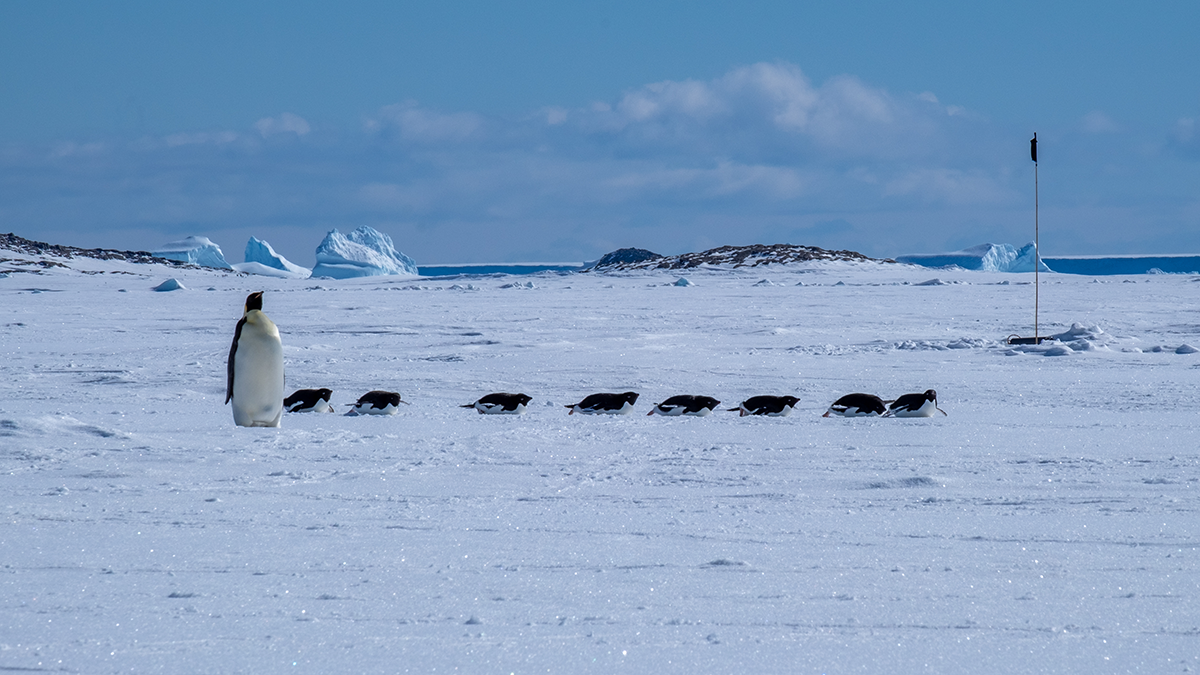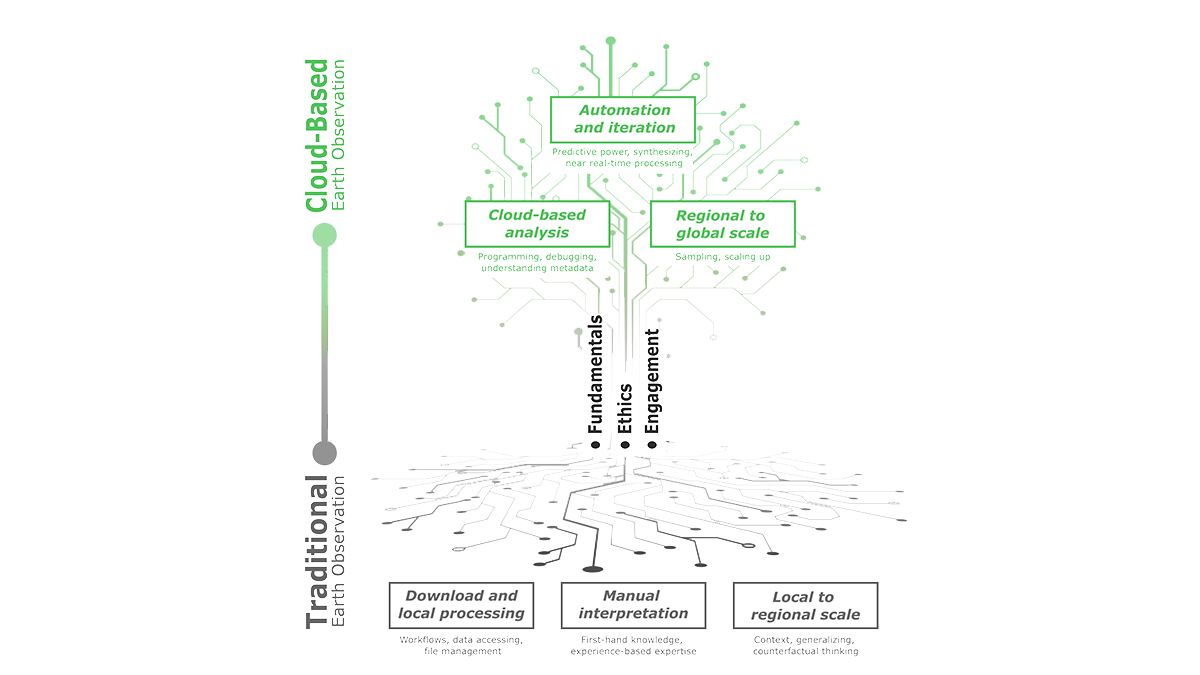Proximal remote sensing provides a bridge between ecosystem flux data at Earth’s surface and optical data from satellite sensors, improving our grasp of feedbacks between terrestrial ecosystems and climate.
remote sensing
Satellites Map Environmental Vulnerabilities in U.S. Prisons
Geoscientists are using remote sensing to gather data on risks including increased exposure to air and soil pollution, excessive heat, wildfire, and flooding.
Humans Have Boosted Atmospheric Mercury Concentrations Sevenfold
A new baseline of volcanic contributions to the global mercury cycle reveals how drastically human activities have increased the element’s concentration in the atmosphere.
Rainfall from Tropical Storms Might Be on the Downswing
Two decades’ worth of satellite data suggest that the rainfall rates of tropical cyclones might be decreasing relative to background levels.
Observing the Impact of Convective Aggregation on Water Vapor
Remote sensing measurements for water vapor isotopic composition enable us to assess how convective aggregation influences the atmospheric hydrological cycle.
Temperature Extremes Hit Lower- and Middle-Income Countries Hardest
Smaller cities in these regions are less likely to have infrastructure to deal with extreme climates.
Wet Conditions Delay Wildfire Detection
When accompanied by a considerable amount of rainfall, ignition of wildfire by lightning over forested land may not be detected until days later.
Landfast Sea Ice: The Most Important Ice You’ve Never Heard Of
Landfast sea ice, sea ice that is held stationary against the Antarctic continent, links firmly with many key climate processes, but its importance is only being fully realized as its extent dwindles.
Rare Granite Body Discovered on Moon’s Farside
The granite couldn’t have formed the same way that it does on Earth—with liquid water and plate tectonics. So how did it get there?
Education Lies Beneath the Clouds of Earth Observation
Cloud-based Earth Observation offers unique opportunities for education, but leveraging this requires new teaching methods that emphasize technical fundamentals, ethics, and stakeholder engagement.










